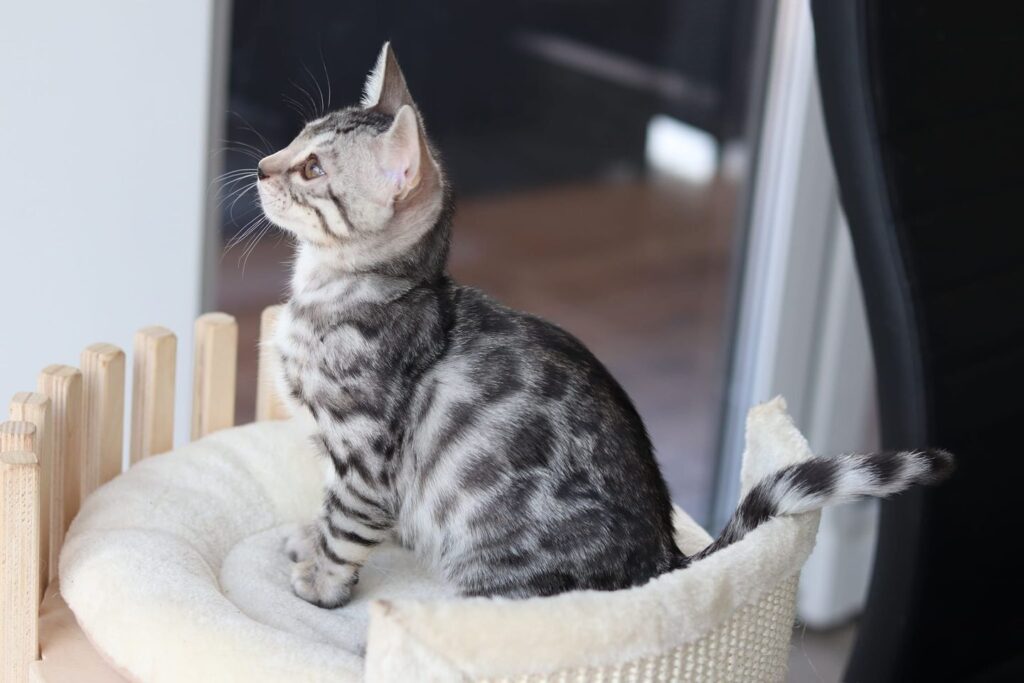Caring for a Bengal cat requires more than routine feeding and grooming, it demands an understanding of their unique physical and emotional needs. These cats are not only visually stunning but also highly intelligent and socially complex. Their lineage, which traces back to the Asian leopard cat, contributes to their heightened sensory awareness and energetic disposition. Unlike many domestic breeds, Bengals thrive on stimulation and interaction, making them ideal for owners who enjoy active engagement with their pets.
Feeding a Bengal cat involves more than choosing premium kibble. Their muscular build and high activity levels require a protein rich diet that supports lean muscle maintenance and sustained energy. Many veterinarians recommend incorporating wet food or raw options to mimic the moisture content found in natural prey. Hydration is equally important, and Bengals often prefer running water over stagnant bowls. Installing a pet fountain can encourage regular drinking and reduce the risk of urinary tract issues.
Exercise is not optional for Bengals, it’s essential. These cats are natural climbers and explorers, often scaling shelves or opening doors with surprising dexterity. Providing vertical space through cat trees, wall mounted perches, and interactive toys helps channel their energy constructively. Puzzle feeders and treat-hiding games stimulate their problem solving instincts and prevent boredom related behaviors like scratching furniture or vocalizing excessively.
Grooming a Bengal is relatively low maintenance due to their short, sleek coats, but regular brushing with a rubber grooming glove enhances their natural shimmer and reduces shedding. Starting grooming routines early in kittenhood fosters trust and makes the process enjoyable for both cat and owner. Bengals also benefit from routine nail trimming and dental care, which can be integrated into weekly bonding sessions.
Health care should be proactive rather than reactive. Bengals are generally robust, but they can be prone to certain conditions like progressive retinal atrophy and hypertrophic cardiomyopathy. Regular veterinary checkups, vaccinations, and early screening for breed specific issues are crucial. Owners should also be aware of their Bengal’s emotional health. These cats form strong bonds and may experience stress if left alone for extended periods. Incorporating playtime, conversation, and even leash walks can strengthen the human animal connection and reduce anxiety.
Socialization plays a pivotal role in Bengal development. Early exposure to different environments, people, and other pets helps shape a confident, well adjusted adult cat. Bengals often enjoy the company of dogs and other cats, provided introductions are gradual and respectful. Their vocalizations, chirps, trills, and meows, are part of their expressive nature and should be acknowledged as communication rather than nuisance.
Raising a Bengal cat is a commitment to curiosity, companionship, and care. Their needs may be more demanding than those of typical domestic breeds, but the rewards are equally profound. Owners who embrace their Bengal’s intelligence, energy, and emotional depth often find themselves forming a bond that transcends the usual pet owner dynamic. With thoughtful attention to diet, exercise, grooming, and emotional engagement, Bengal cats flourish, and so do the humans lucky enough to share their lives.
You might also like:

